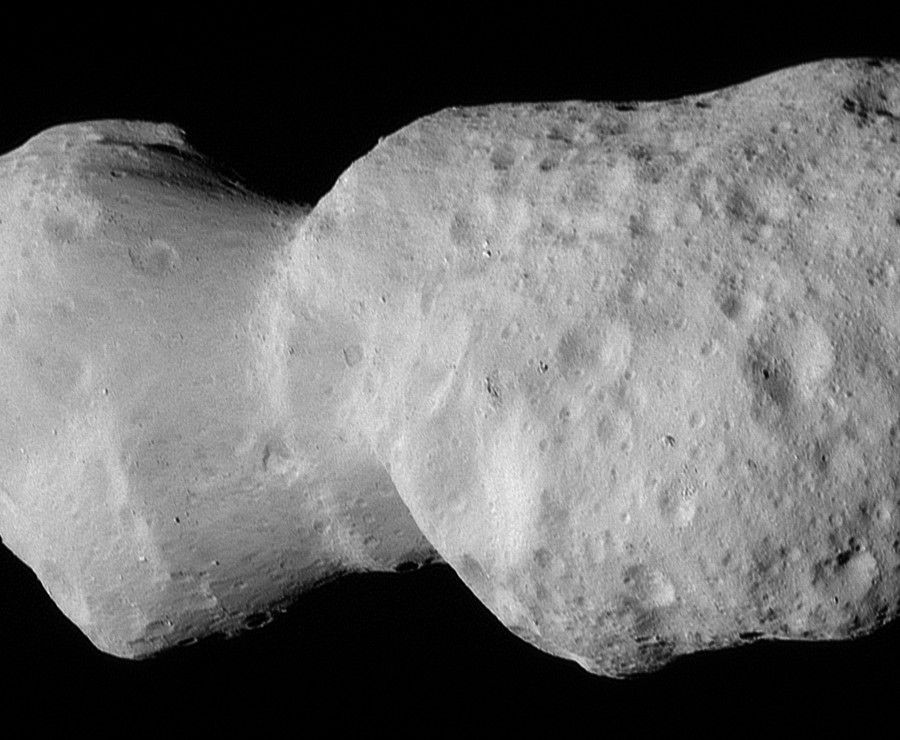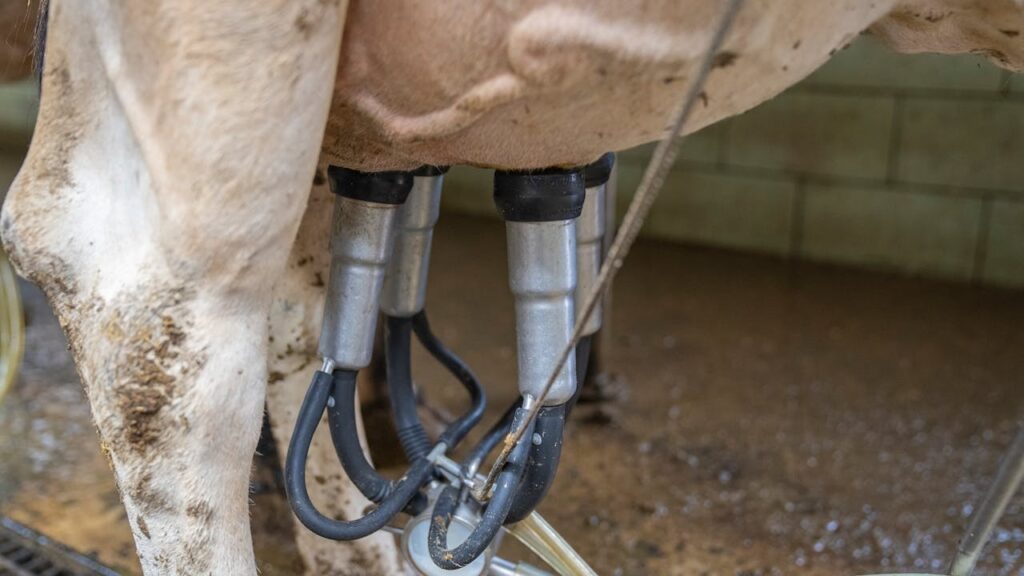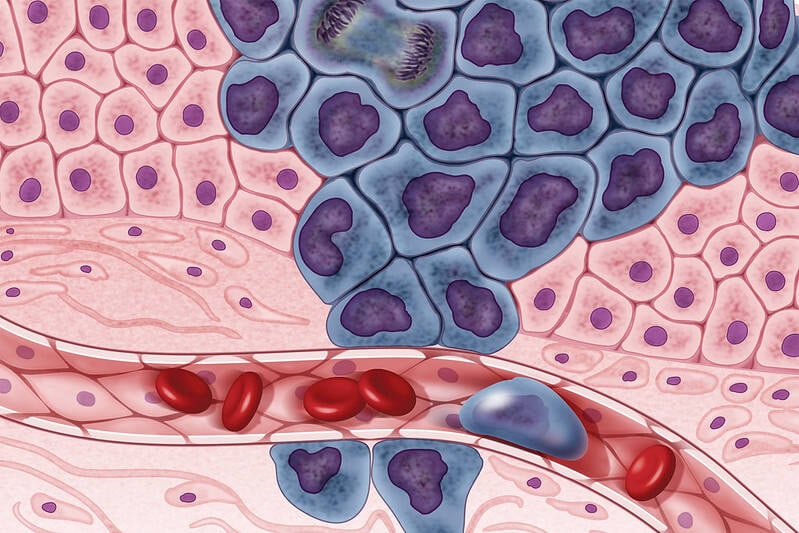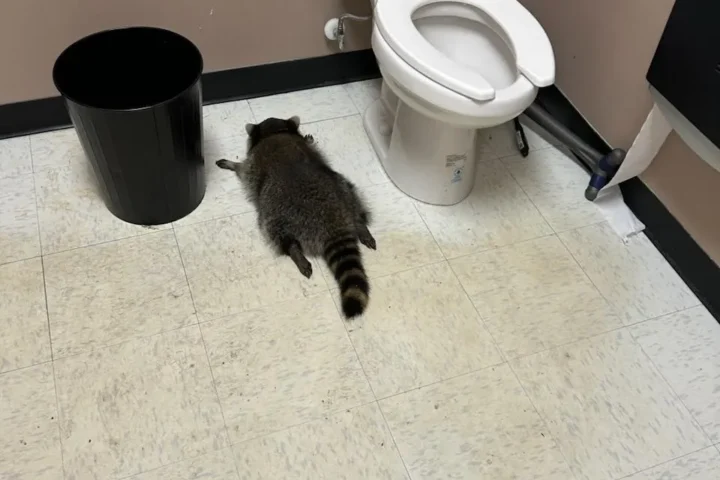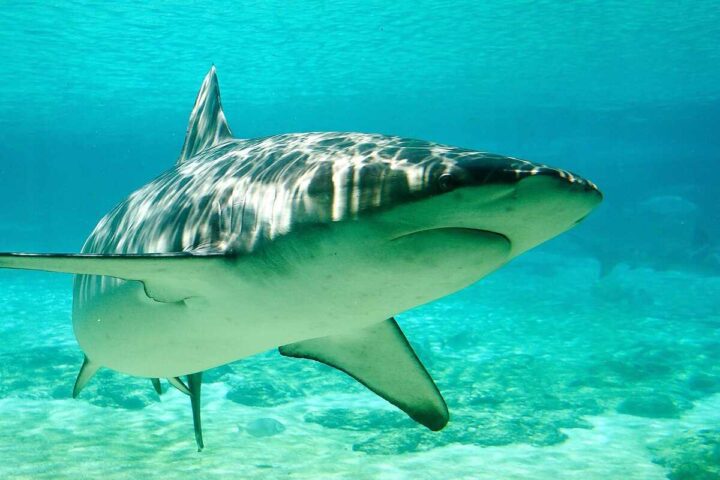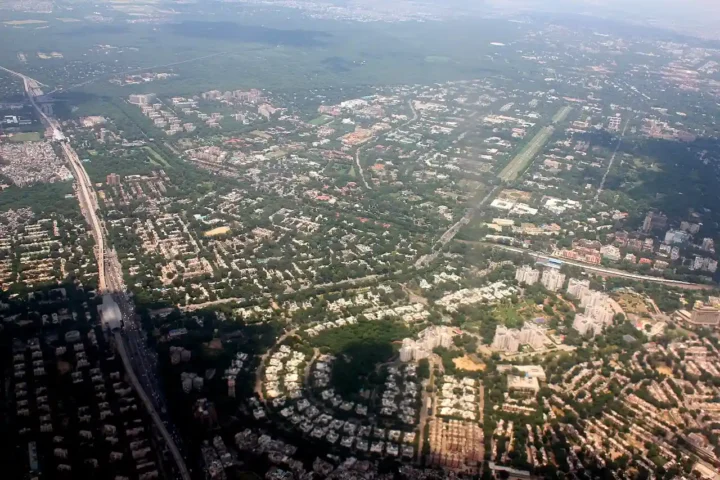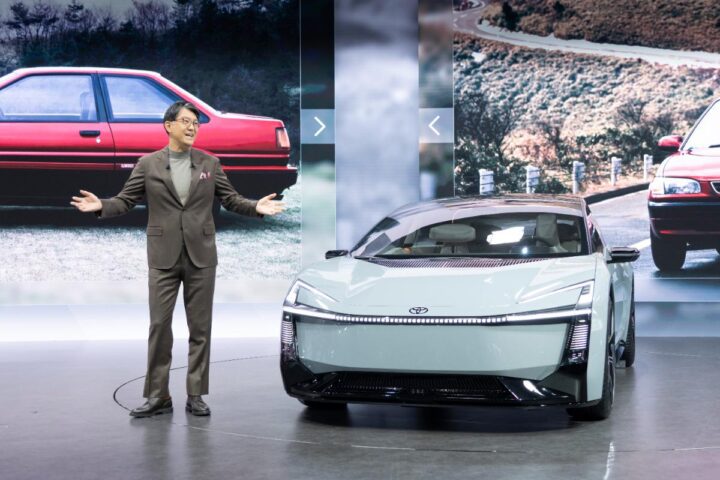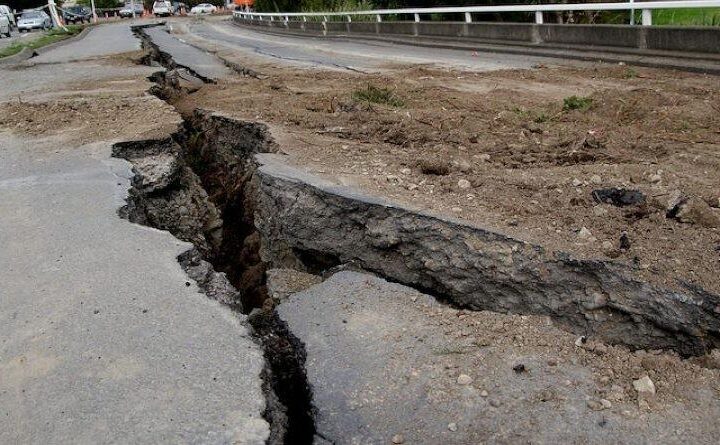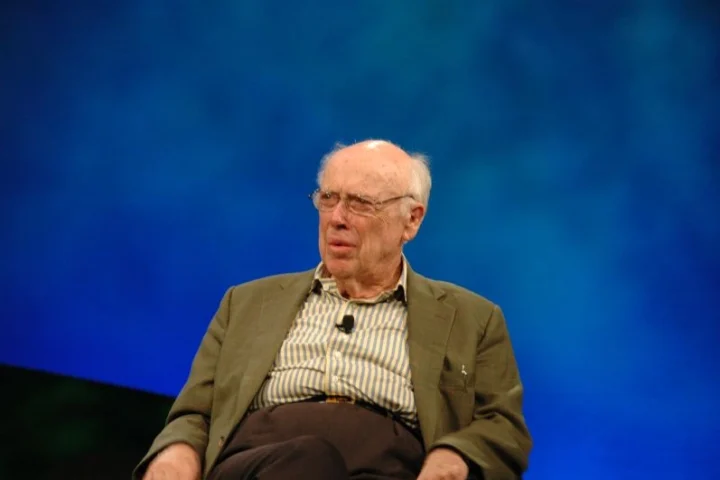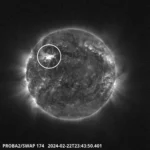The Lucy spacecraft captured detailed images of asteroid Donald Johanson during its April 20 encounter, revealing an unusual contact binary with a distinctive neck that scientists compare to “nested ice cream cones.”
NASA’s Lucy spacecraft has just delivered remarkable images of asteroid Donald Johanson, showing a strange double-lobed space rock with a unique connecting neck that surprised even veteran mission scientists. The close flyby on April 20, 2025, saw Lucy zoom past at over 30,000 mph (13.4 kilometers per second), coming within 600 miles (960 kilometers) of the asteroid’s cratered surface.
“Asteroid Donald Johanson has strikingly complicated geology,” said Hal Levison, principal investigator for Lucy at Southwest Research Institute. “As we study the complex structures in detail, they will reveal important information about the building blocks and collisional processes that formed the planets in our solar system.”
The asteroid turns out to be larger than previously estimated. Early analysis puts it at roughly 5 miles (8 kilometers) long and 2 miles (3.5 kilometers) wide at its broadest point. This size meant the asteroid couldn’t even fit entirely within the spacecraft’s camera frame in some of the initial images.
A “Contact Binary” With a Twist
Scientists had suspected from Earth-based observations that DonaldJohanson might be elongated or binary in nature due to its unusual brightness variations. The flyby confirmed it’s what’s known as a “contact binary” – two separate asteroid pieces that gently collided and stuck together.
What caught researchers off guard was the distinctive narrow neck connecting the two lobes, which mission scientists described as resembling “two nested ice cream cones.” This unusual formation will be a key focus for researchers trying to understand how such asteroids form and evolve.
The asteroid’s surface is heavily cratered, showing a history of impacts throughout its estimated 150-million-year existence as a distinct body. It also rotates extremely slowly, taking about 251 hours (over 10 days) to complete a single rotation.
Similar Posts
A Crucial Practice Run
While fascinating in its own right, the Donald Johanson encounter serves primarily as a full-dress rehearsal for Lucy’s main mission – exploring the never-before-visited Trojan asteroids that share Jupiter’s orbit.
“These early images of Donald Johanson are again showing the tremendous capabilities of the Lucy spacecraft as an engine of discovery,” said Tom Statler, program scientist for Lucy at NASA Headquarters. “The potential to really open a new window into the history of our solar system when Lucy gets to the Trojan asteroids is immense.”
The flyby tested all three of Lucy’s science instruments: the high-resolution L’LORRI imager that captured the detailed photos, plus two spectrometers (L’Ralph and L’TES) that collected data about the asteroid’s composition and surface properties.
Lucy’s autonomous navigation system performed flawlessly during the encounter, demonstrating its ability to track and photograph a fast-moving target – critical skills for the upcoming Trojan asteroid encounters.
Technical Challenges Overcome
The Donald Johanson flyby presented significant technical hurdles. The spacecraft approached from a direction that put the Sun almost directly behind the asteroid. To protect its sensitive instruments, Lucy had to momentarily turn away from Donald Johanson just before closest approach – a maneuver executed with precise timing.
The complete data set from the flyby will take up to a week to fully download to Earth. Scientists expect the additional images and instrument readings to provide a more comprehensive understanding of the asteroid’s shape, composition, and surface features.
DonaldJohanson belongs to a family of asteroid fragments created when a larger body named Erigone suffered a major collision about 150 million years ago. It’s classified as a carbonaceous asteroid, meaning it contains carbon-rich compounds that could provide clues about the early solar system’s composition.
The asteroid is named after paleoanthropologist Donald Johanson, who discovered the famous “Lucy” hominin fossil in Ethiopia in 1974 – the same fossil that inspired the spacecraft’s name.
What’s Next for Lucy
After this successful encounter, Lucy will spend the remainder of 2025 traveling through the main asteroid belt before reaching its first primary target, the Trojan asteroid Eurybates and its small satellite Queta, in August 2027.
The Lucy mission launched in 2021 and is scheduled to explore a total of eight different Trojan asteroids through 2033, providing unprecedented insights into these ancient remnants from the solar system’s formation.
“As we study the complex structures in detail, they will reveal important information about the building blocks and collisional processes that formed the planets in our solar system,” Levison said.
The early success with Donald Johanson builds confidence that Lucy’s upcoming encounters with the Trojans will yield even more significant discoveries about our solar system’s history.
